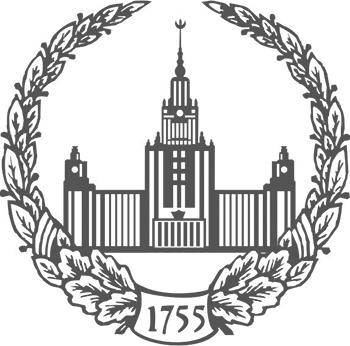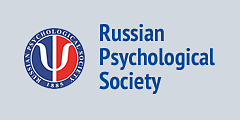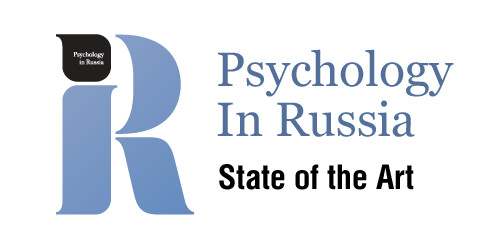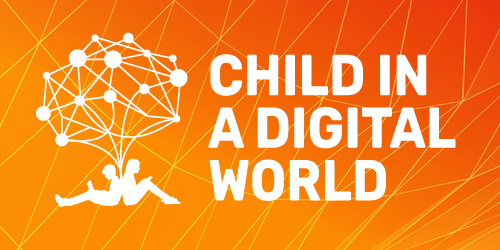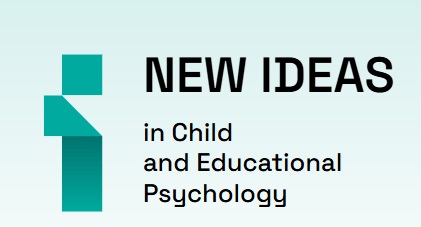Psychological and Pedagogical Approaches to Art
-
-
Background. Theatrical activity as a collective form of interaction and as a variant of “communication with art” can help adolescents develop the need to communicate with their peers, form novel cognitive and personality traits of the aesthetic sphere, promote creativity and self-awareness, meeting the needs of modern society.
Objective. The goal is to reveal the relationship between the adolescent’s preferences in forms of communication with “engagement with beauty” (of nature, art, moral behaviour), creative potential and the peculiarities of the self-awareness development among students in theatrical institutions.
Study Participants. The study involved 50 teenagers aged 13 to 16 years (Mage = 14.6; SD = 1.6), students of grades 7–9 of the Moscow school with theatrical training. Two contrasting groups of school students, engaged and not engaged in theatrical activities, were organized.
Methods. The research applied the “Questionnaire to determine the profile of participation in extracurricular activities”, “Assessment of a teenager’s relationship with the class”, the Russian version of “the Engagement with Beauty Scale”. Methods of activity products analysis included the modified and adapted version of “the Creativity Assessment Packet” and “Free self-description” on the topic “Who am I, what am I”.
Results. The study revealed facts indicating that adolescents involved in theatrical activities prefer collectivistic and pragmatic forms of communication with peers, come up with creative ideas more often, and have more pronounced structural characteristics of self-awareness. “Engagement with beauty” is better expressed at the level of the final scale score as compared to the results of the adolescents who are not engaged in theatrical activities, preferring collectivistic and individualistic forms of communication. Significant negative relationships were obtained between the individualistic form of communication and the subscales of “emotional engagement” and the beauty of moral actions, as well as with such characteristics of self-awareness as “social relations” and “time perspective”.
Conclusions. The study revealed significant relationships between forms of communication and indicators of cognitive and personality spheres: participation in beauty, creativity development, and structural characteristics of self-awareness for “theatrical” adolescents. The prospects of the study are related to increasing the reliability of the results obtained and expanding the research methods.
Keywords: theater; adolescents; theatrical activity; form of communication; aesthetic sphere; “engagement with beauty”; creativity; self-awareness; psychology of art; developmental psychology DOI: 10.11621/LPJ-25-36
-
-
-
Background. The article covers the problem of psychological content of theatrical pedagogy. The authors note that as theatrical pedagogy is widely used as a method, it is important to clarify the goals it can be aimed at.
Objective. The purpose of the article is a scientific discussion of the psychological effects that can be achieved with the help of theatrical pedagogy. The authors highlight at least six blocks of analysis.
Results. The article analyzes the results of using theatrical pedagogy in practical activities when working with children, as well as some studies devoted to the evaluation of this method of work. The authors consider the discussed results from the point of view of the cultural-historical approach proposed by L.S. Vygotsky.
Conclusions. As a result of the analysis, the authors come to the conclusion that theatrical pedagogy has enormous potential for the general mental and personal development of a person. Theatre pedagogy allows developing the cognitive sphere of the student, emotional processes, influencing the behavioral sphere, influencing the development of communication. In addition, theatre pedagogy allows developing skills of joint activity and reflection. Moreover, all these pedagogical results do not contradict each other, but can be achieved in parallel and simultaneously. At the same time, theatre pedagogy as a way of work has a very wide variability and flexibility. Depending on the goals set, this pedagogy can be implemented in different ways. However, with an incorrect goal setting and use of the method, theatrical pedagogy can be not only useless, but even harmful.
Keywords: theatre pedagogy; acting; mental development; personal development; cultural and historical concept DOI: 10.11621/LPJ-25-35
-
-
-
Background. The article touches upon the acute psychological and pedagogical issue of the child's transition from preschool play to school education.
Objective. The goal is to show the possibility of such a transition in the process of teaching the author's course of developmental teaching in literature, aimed at educating a cultured reader capable of conducting a dialogue with the author, mediated by a literary text. In order to do this, the child has to master practically the interconnected positions of the author and the reader, as well as the auxiliary positions the "critic" and the "theorist".
Study Participants. 27 students of the Moscow school № 91 took part in the classes, held over two years (in the first and second grades) according to the programme "Literature as a subject of the aesthetic cycle" by G.N. Kudina and Z.N. Novlyanskaya.
Methods. The analysis of the psychological content of different types of children's play as a source of prerequisites for artistic development was applied along with the qualitative analysis of lesson protocols during classes ensuring the transition from play to learning.
Results. The article provides a brief psychological description of the mentioned positions. The difference between a game aimed at mastering conceptual content — and a game that develops into the creation of an artistic image is shown. The stages of development of children's play from subject-procedural to "directing" and the prerequisites for artistic development that a child acquires in each of them are considered. The stages of the child's gradual transition from the position of a participant in the game to the position of the author and reader (viewer) are described. The protocols of classes in the first and second grades are analyzed. Particular attention is paid to the moments of generation of the artistic concept, the task of the child's transition to the character's point of view, the appearance of a viewer absent in a regular game, and a discussion of the results of the game.
Conclusions. It is shown that under appropriate conditions, the game becomes a space for a smooth transformation of gaming activity into educational activity and introduces the child into the position of the author and reader of works of art. This outlines the path of such a transition from play to learning, in which the cognitive and emotional experience of a preschooler acquired in the game is not devalued, but is included in further development.
Keywords: game; play-dramatization; theatrical game; developing training; author’s position; reader’s position; M.M. Bakhtin DOI: 10.11621/LPJ-25-34
-


